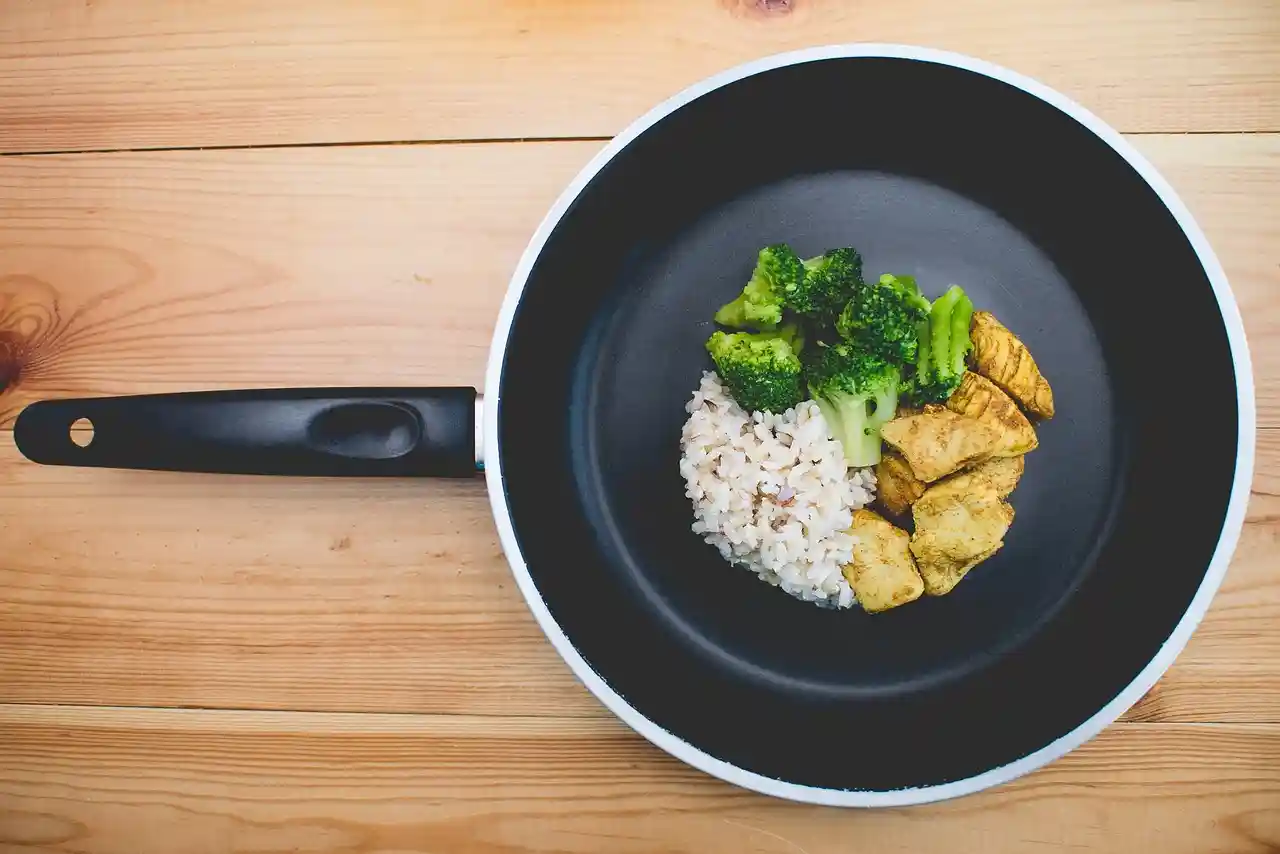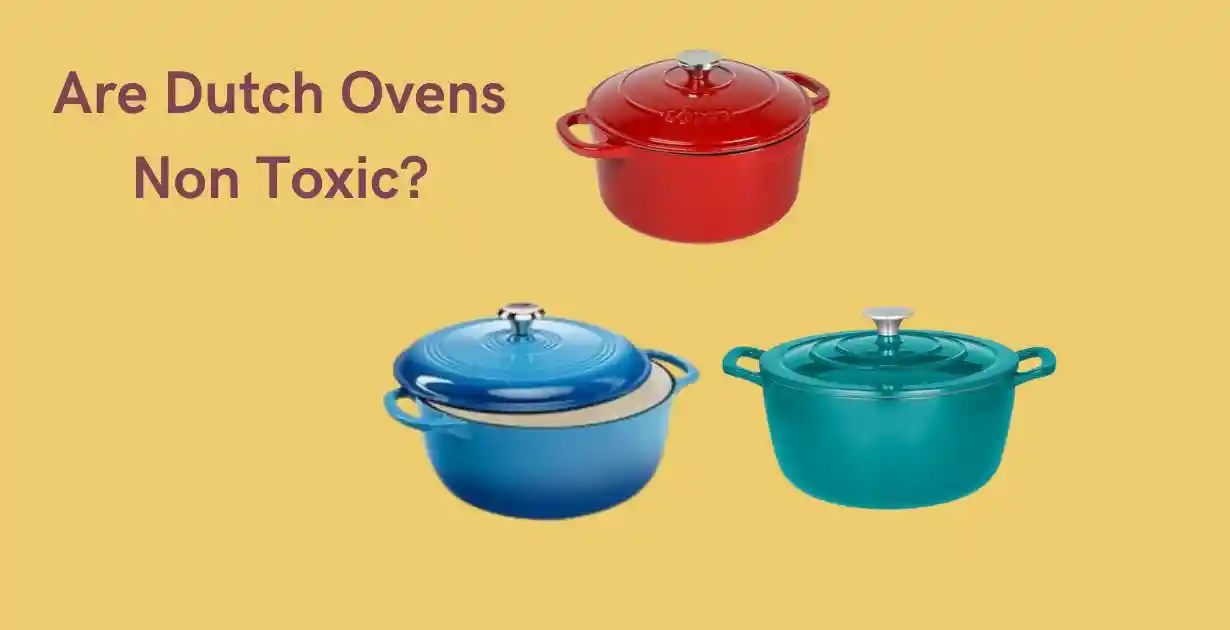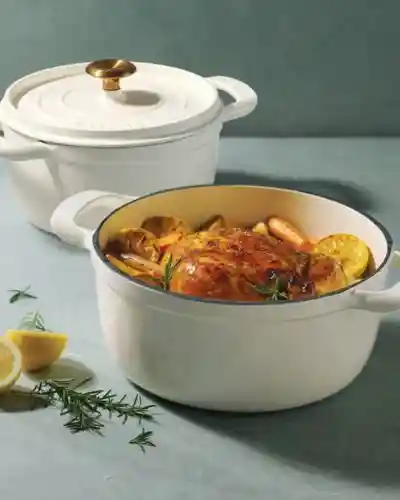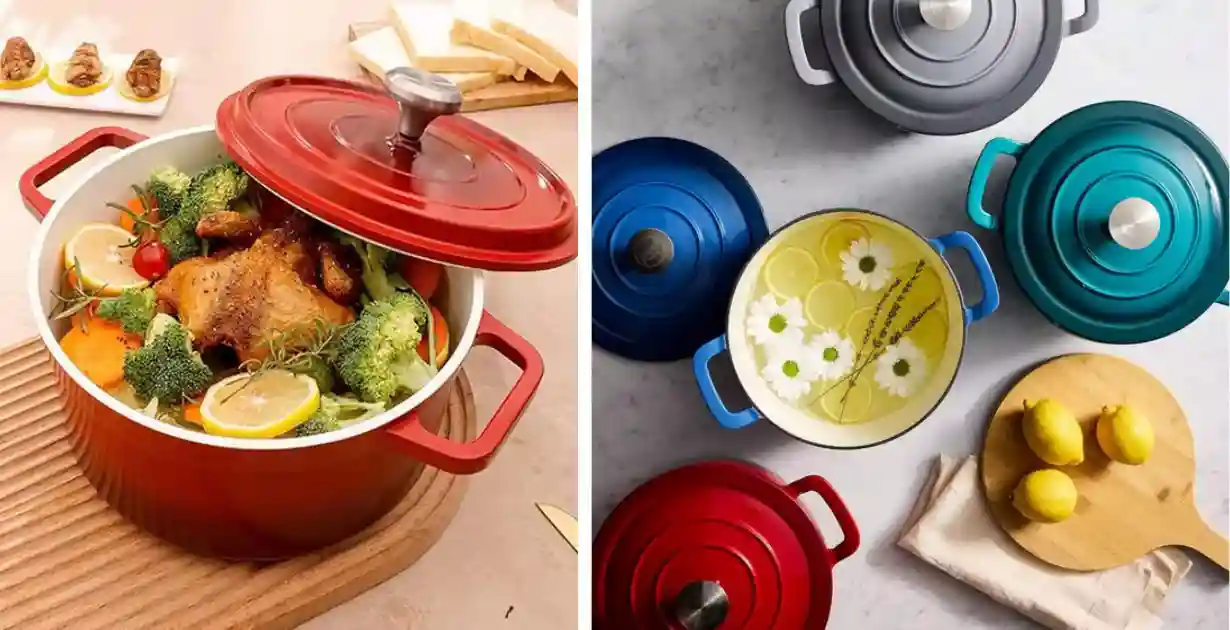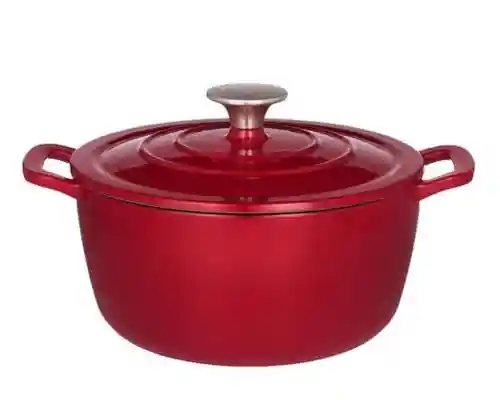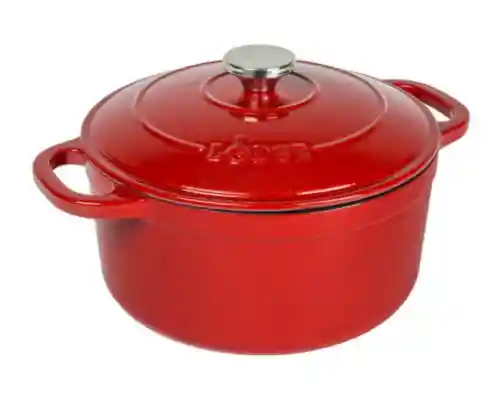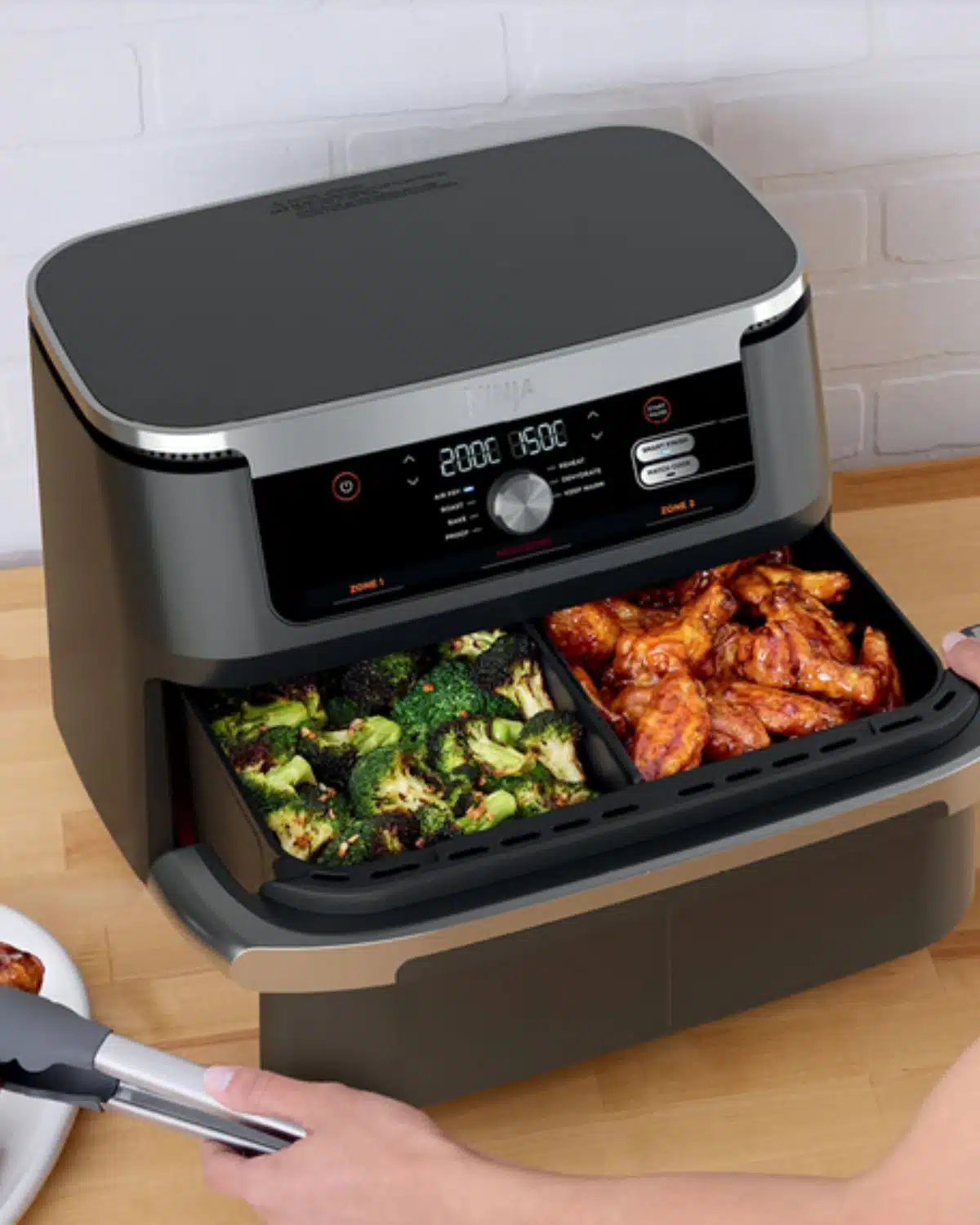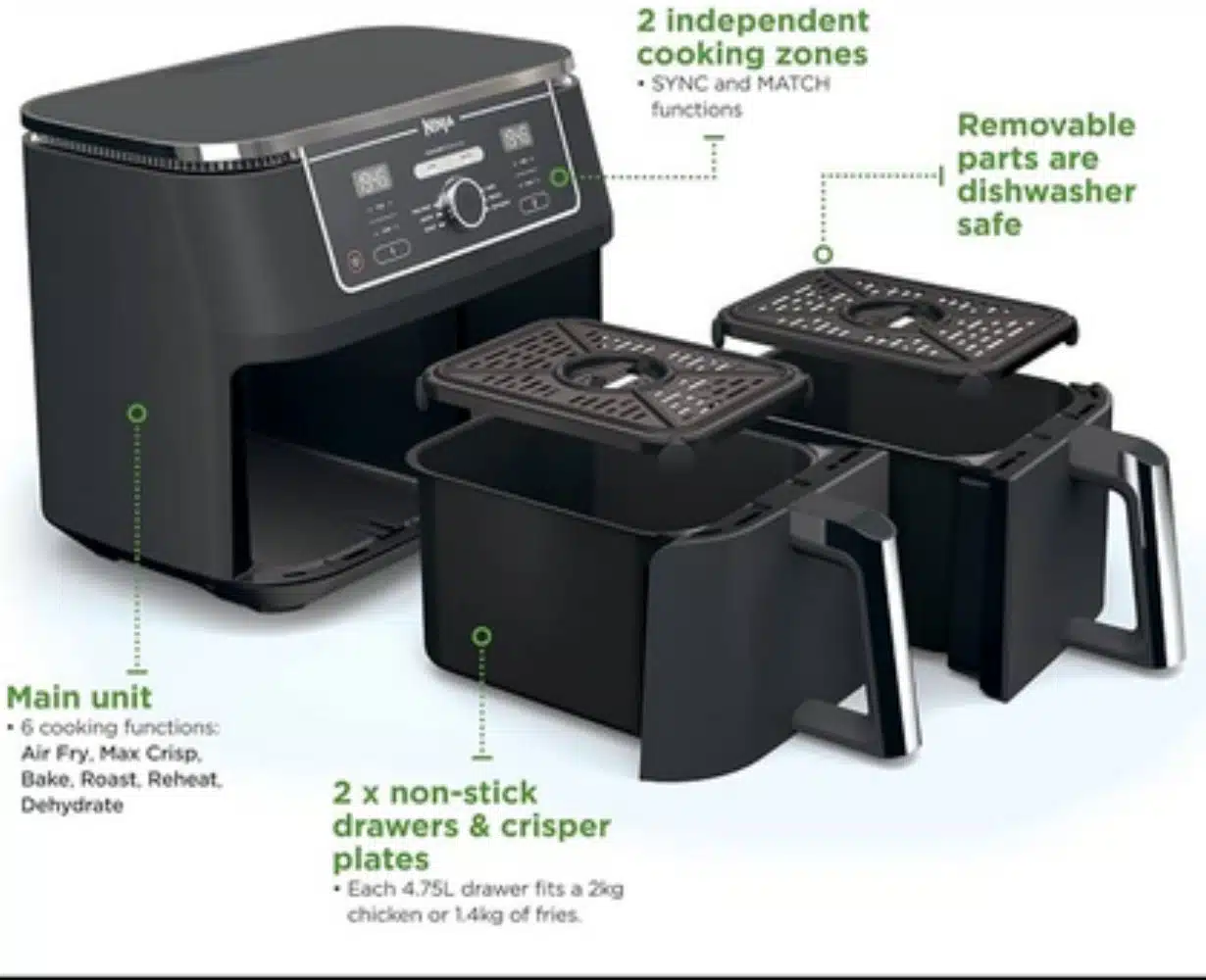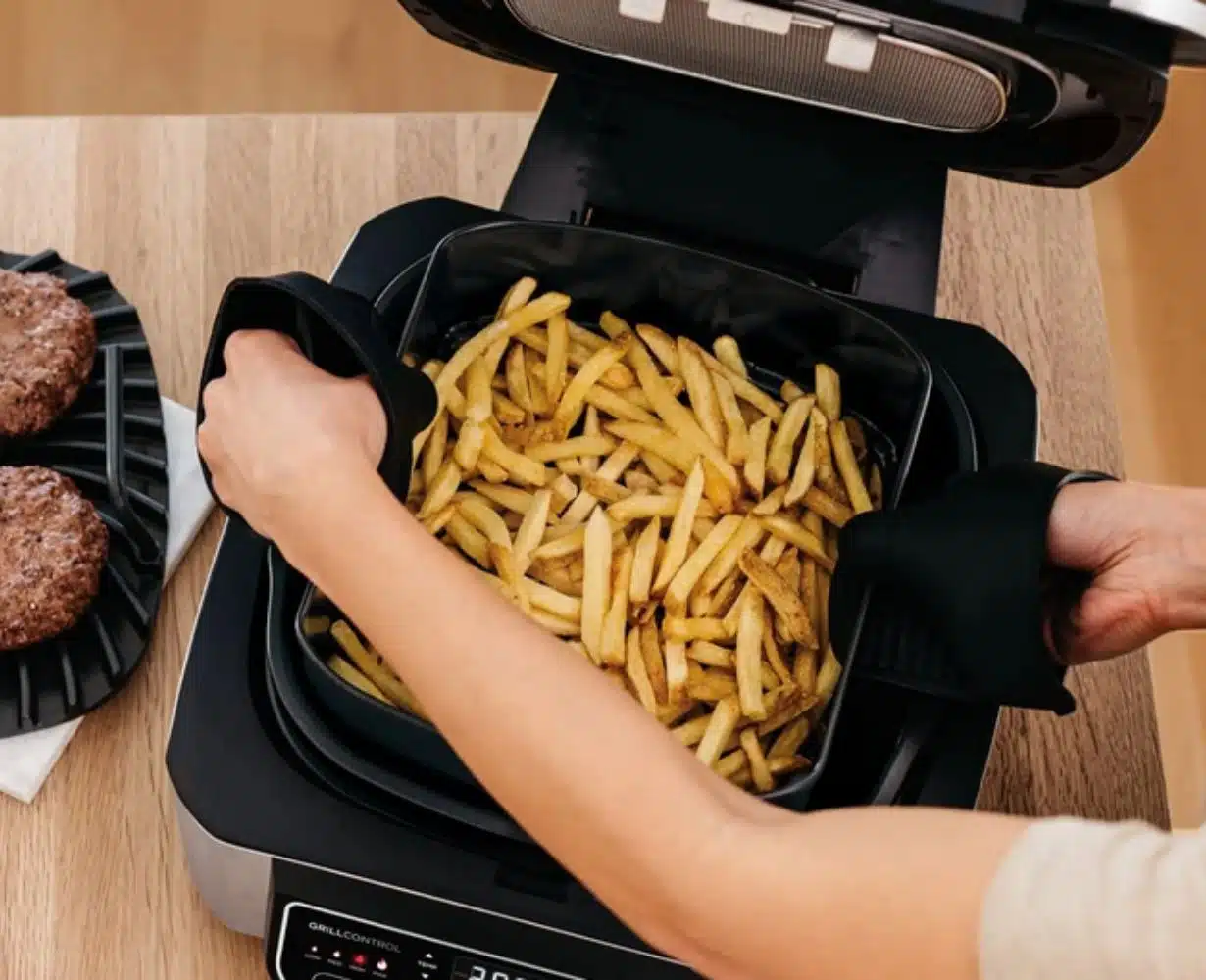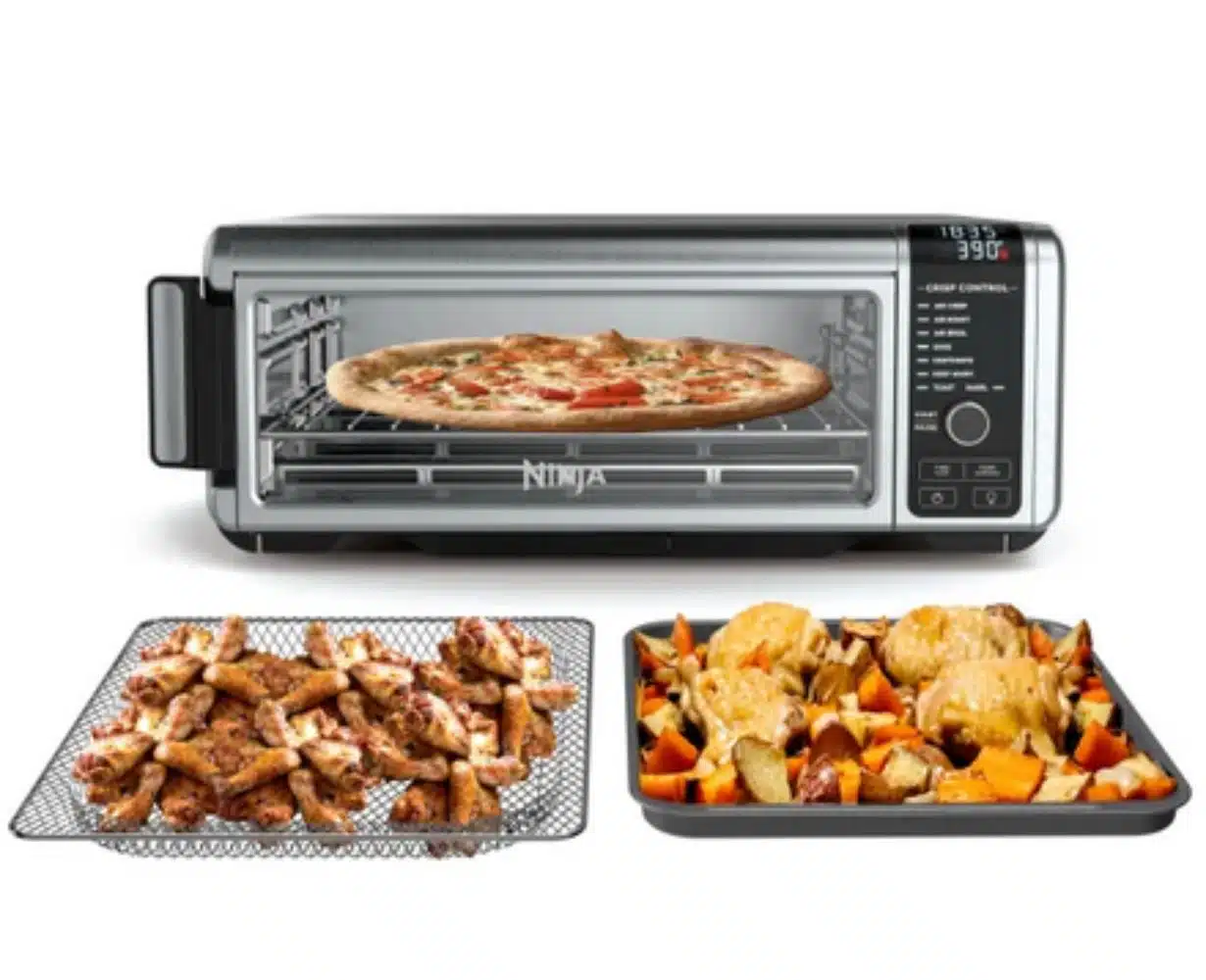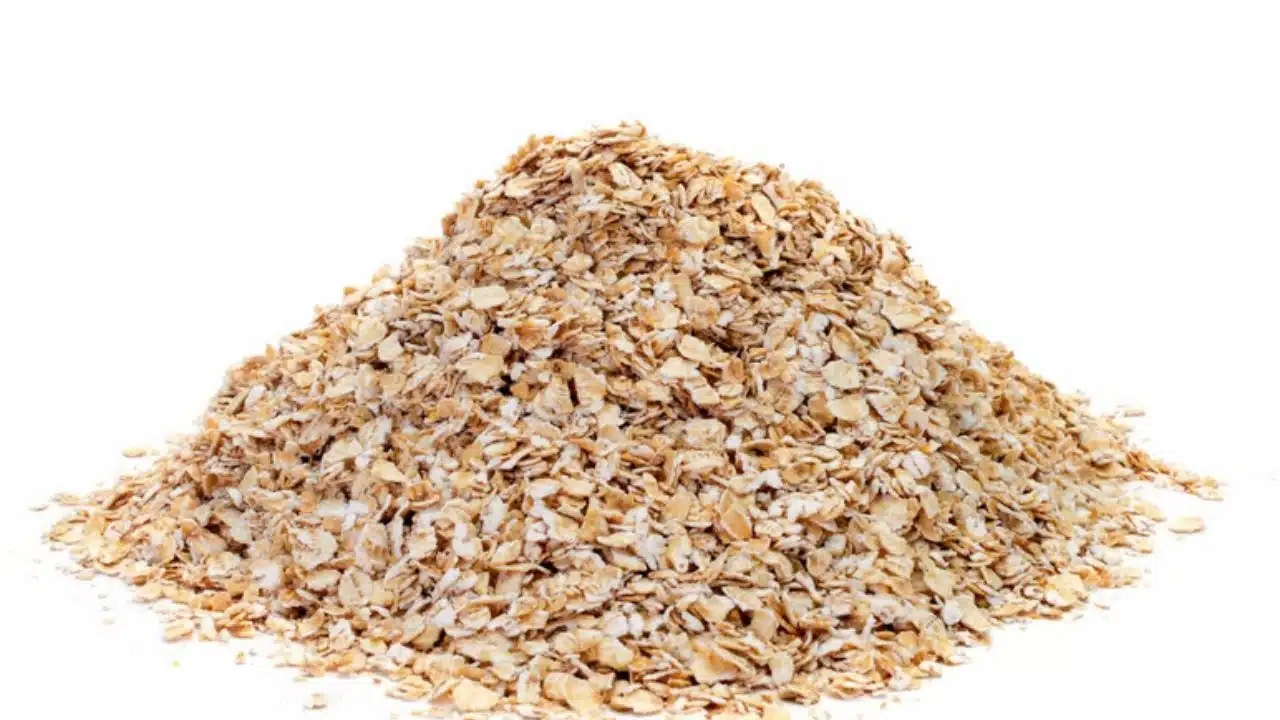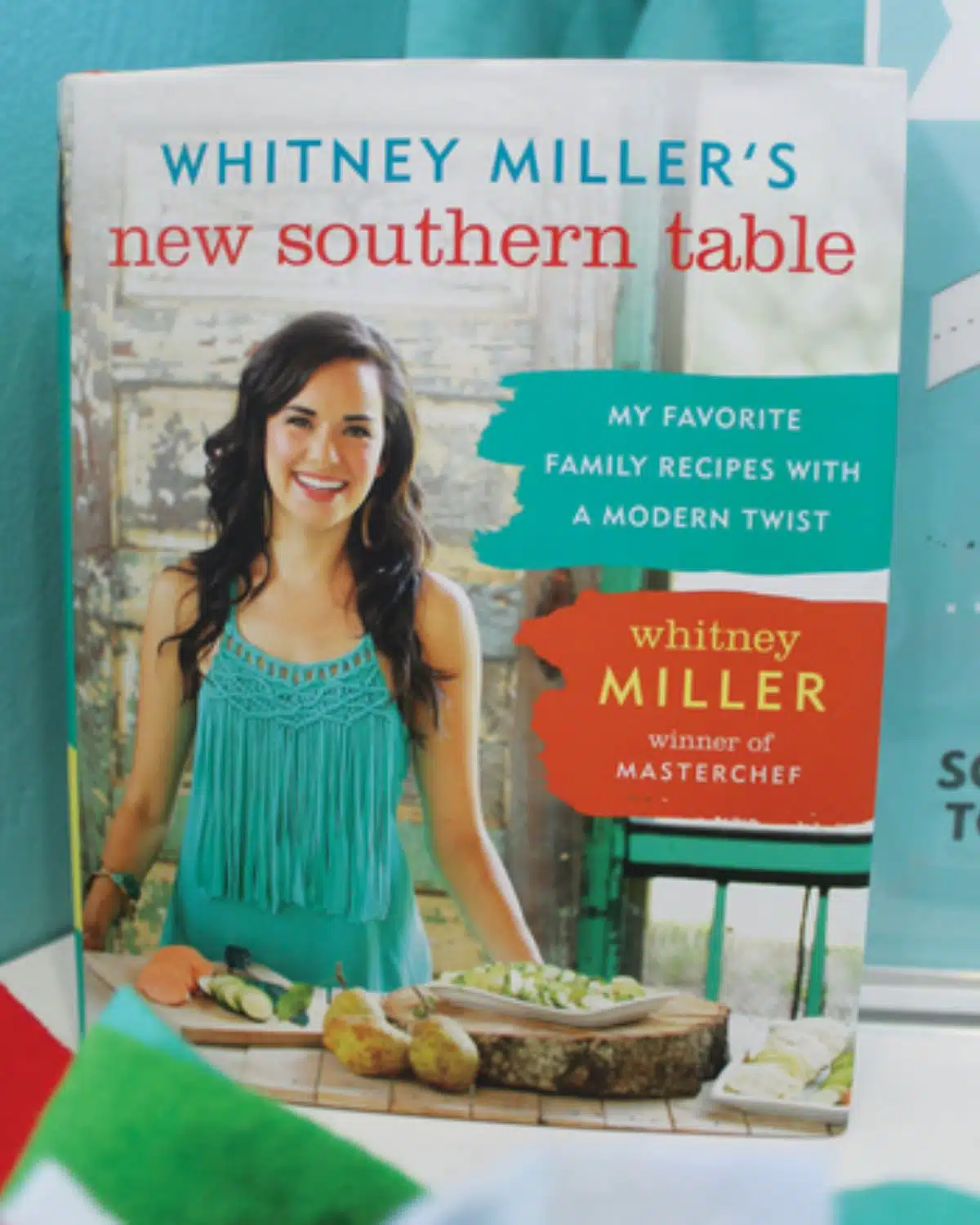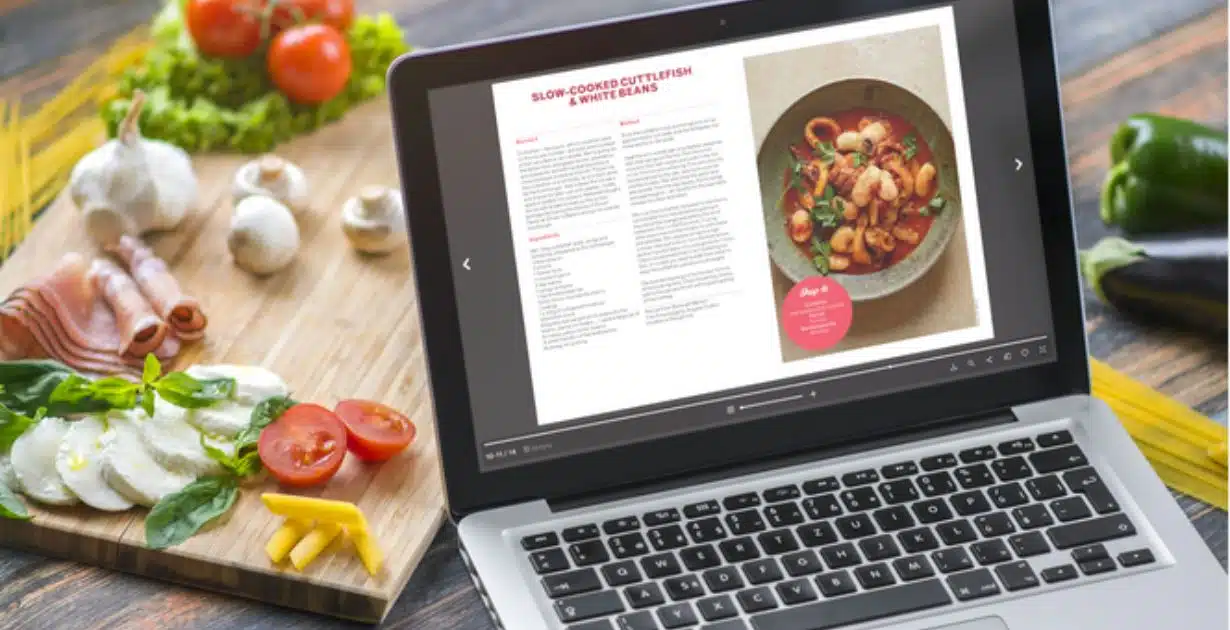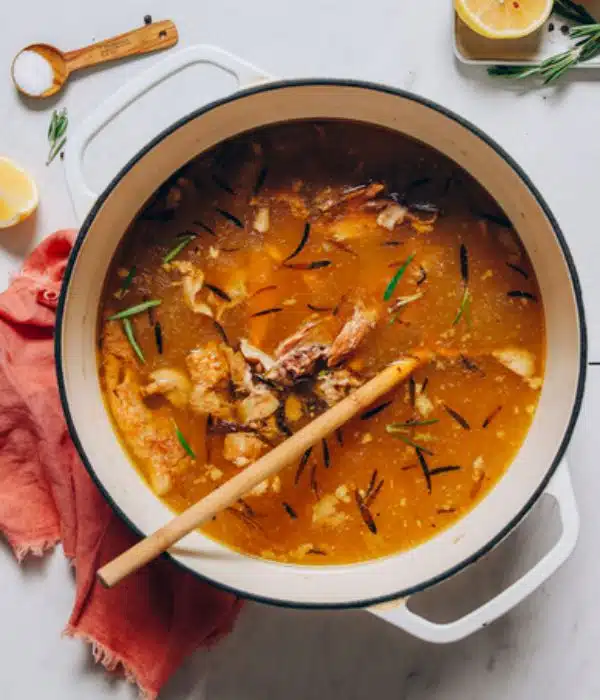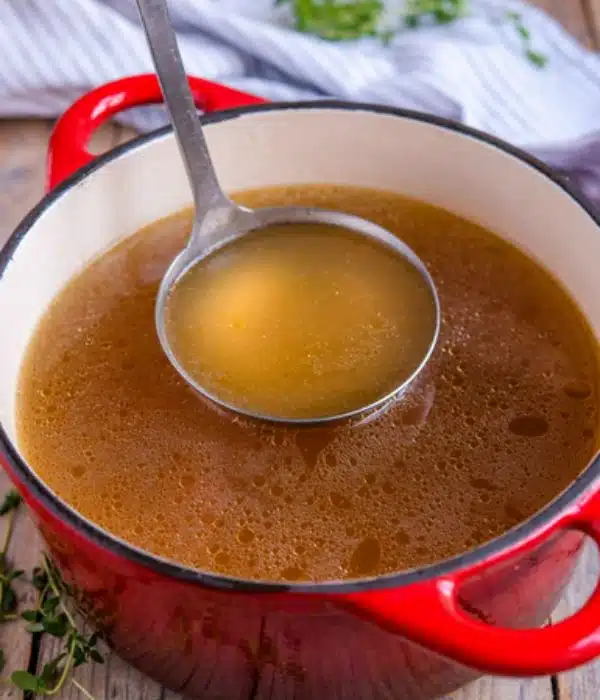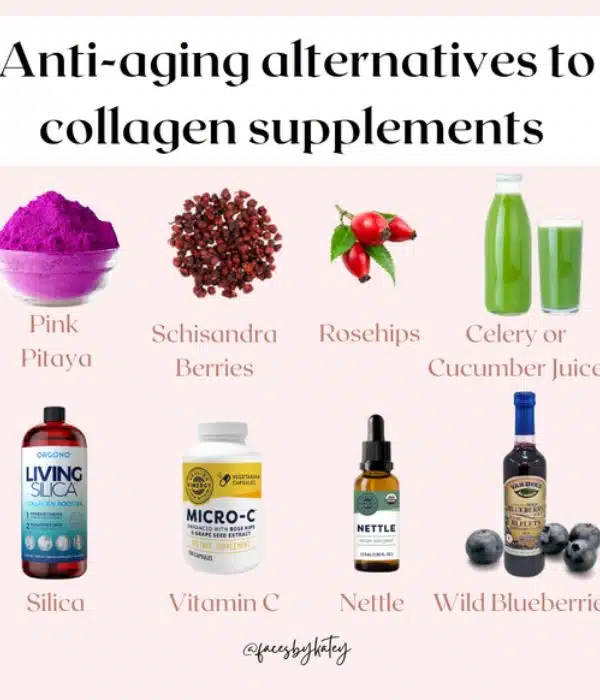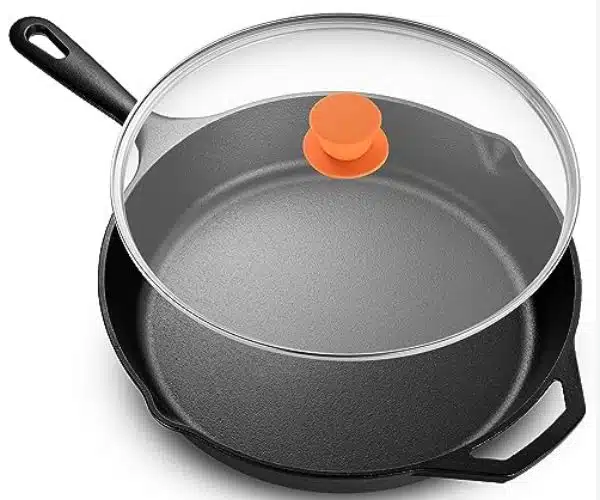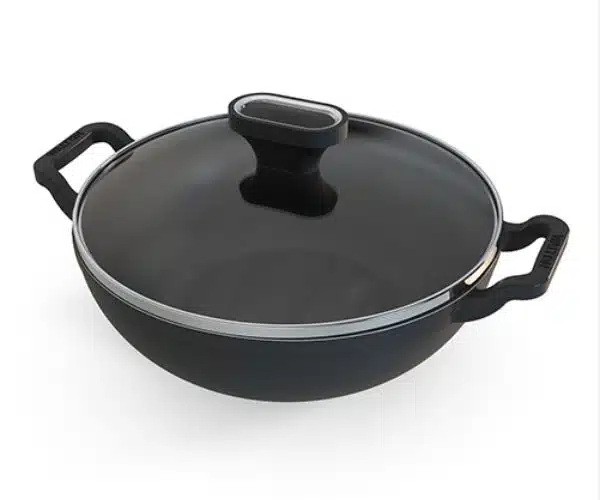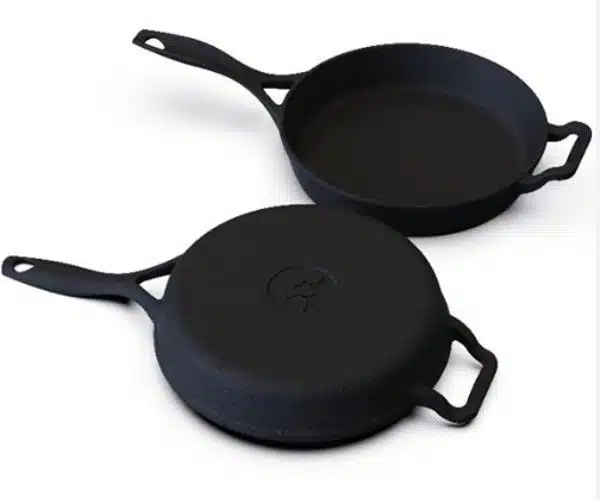Deep frying at home can be a fun and tasty way to cook your favorite foods, but it’s not without its challenges. You might be wondering, can you deep fry in a nonstick pan? The quick answer is yes, but with a few precautions. While nonstick pans are great for everyday cooking, they do have their limits when it comes to high-heat frying.
Over time, you may risk damaging the nonstick coating if you’re not careful. In this article, I’ll walk you through the pros and cons of using a nonstick pan for deep frying, share some tips to protect your pan, and help you decide if it’s the right choice for your next cooking adventure.
What is a Nonstick Pan and How Does It Work?
A nonstick pan has a special coating that keeps food from sticking. This coating is usually made from PTFE or ceramic. It lets you cook with less oil and makes cleaning easy. Nonstick pans are great for foods like scrambled eggs or pancakes.
Switching to a nonstick pan made cooking easier for me. Foods that used to stick now cook smoothly. But, nonstick pans need care. Use wooden or silicone utensils to avoid damaging the coating. Also, don’t cook on high heat.
Nonstick cookware is a good choice for your health and kitchen. It makes cooking simple without losing flavor. The right tools can improve your cooking. When deep frying, know the limits of your nonstick pan to get the best results and keep your pan in good shape.
Can You Deep Fry in a Nonstick Pan?
Yes, you can deep fry in a nonstick pan, but you need to be careful. Nonstick pans are good for frying foods like fish or veggies. But they don’t like very high heat. If the pan gets too hot, the coating can break down. It can even release bad chemicals if you are not careful. So it’s important to watch the heat closely.
In my experience
From my own kitchen, I can tell you this: nonstick pans are fine for light frying. Things like chicken tenders or shrimp come out great. But when I tried to make French fries once, it didn’t go well. The oil got too hot. My pan started to smell weird, and I worried about the coating getting ruined.
If you want to fry in a nonstick pan, pick foods that cook fast. Lightly battered veggies, shrimp, or small pieces of chicken are all good choices. Keep the oil at a medium heat, around 350°F. And don’t pack the pan too full. Crowding the pan can make the oil temperature drop and your food soggy.
So, can you deep fry in a nonstick pan? Yes, but it’s best for small, quick-cooking foods. If you want to fry bigger items like donuts or fries, you’ll be better off using a cast iron or stainless steel pan. They can handle the heat without damage.
What Will Ruin a Non-Stick Pan?
A few simple mistakes can quickly ruin your nonstick pan. High heat is the biggest enemy. If you crank up the stove, the coating can break down fast. I once tried deep frying at too high a temperature, and the pan started smelling weird — not a good sign!
Using metal utensils is another problem. They scratch the surface, and once scratched, the nonstick magic is gone. Always stick to wooden or silicone tools. Trust me, your pan will thank you.
Deep frying can be risky if you’re not careful. If the oil gets too hot (over 400°F), it can damage the coating. I always keep a thermometer handy to stay around 350°F — it’s the sweet spot for frying without hurting the pan.
And remember, sudden temperature changes, like pouring cold water into a hot pan, can warp it. Always let your pan cool before cleaning.
Short answer: High heat, metal utensils, and improper oil temperatures can ruin a nonstick pan. Use medium heat, gentle tools, and the right oil to keep it safe.
How Long Can You Deep Fry in a Nonstick Pan?
You can deep fry in a nonstick pan for short periods — about 5 to 8 minutes per batch — as long as you keep the oil temperature steady around 350°F. Anything longer risks damaging the coating.
From my own kitchen experiments, I’ve learned that nonstick pans are fine for quick fries, like shrimp or small chicken bites. But if you fry foods that need long cooking times, like thick potato wedges, the pan can overheat. I once tried making fried chicken that needed 15 minutes, and honestly, the pan didn’t smell right afterward — a clear warning sign.
The key? Stick to foods that cook fast and batches that finish in under 10 minutes. Always keep a thermometer handy. If the oil creeps past 375°F, the nonstick surface could start to break down — and that’s something you want to avoid.
So, if you’re wondering how long you can deep fry in a nonstick pan: keep it quick, keep it controlled, and your pan should stay happy for a long time.
How to Fry in a Nonstick Pan Safely (Quick Guide)
- Use High Smoke Point Oils: Pick oils like canola, peanut, or sunflower. They stay stable at 350°F–375°F without smoking.
- Keep Temperature Between 350°F–375°F: Use a thermometer to maintain the right heat. Too high damages the coating; too low makes food greasy.
- Use Wooden or Silicone Utensils: Avoid metal tools — they scratch and ruin the nonstick surface.
- Don’t Overcrowd the Pan: Fry in small batches. It keeps oil hot and food crispy while protecting your pan.
- Clean Gently After Frying: Let the pan cool, then wash with mild soap and a soft sponge. No harsh scrubbing!
What is the Healthiest Pan for Frying?
When it comes to healthy frying, not all pans are created equal. Let’s break it down simply.
Nonstick Pans
Great for low-fat cooking since you don’t need much oil. But they can wear out fast if you use high heat. I love them for quick, light frying, but I’m always careful about the temperature.
Stainless Steel
Tough as nails! It doesn’t release chemicals, and you can crank up the heat. But food can stick if you’re not careful. I use it when I want a good sear, like on chicken or veggies.
Cast Iron
An old-school favorite! It’s super durable and adds a little iron to your food (which is good for you). Plus, it holds heat like a champ. I always reach for my cast iron when making fried chicken or potatoes.
Ceramic
A healthier nonstick option — no chemicals like PTFE or PFOA. It’s perfect for gentle frying. I find it works best for delicate foods like fish or eggs.
My advice?
For small, quick frying jobs, a nonstick or ceramic pan works great. But if you’re deep frying or need serious heat, go for cast iron or stainless steel. Think of it like picking shoes — you need the right pair for the right job!
Is It Better to Cook in Stainless Steel or Nonstick?
Both stainless steel and nonstick pans have their place in the kitchen. It just depends on what you’re cooking.
Nonstick pans are great for foods that are delicate, like eggs, pancakes, or fish. They make cleanup easy, and you don’t need much oil. I love using my nonstick pan when I want something quick and light.
Stainless steel pans, on the other hand, are better for high-heat cooking. You can sear meat, caramelize onions, or fry crispy potatoes without worrying about ruining the surface. They’re tougher, but they need a bit more oil and attention.
My take?
If you’re deep frying or cooking foods that need a lot of heat, stainless steel is the better choice. But if you’re making light, fast meals, nonstick makes life a lot easier. It’s all about picking the right tool for the job!
What Are the Disadvantages of Non-Stick Pans?
Nonstick pans are handy, but they do have some downsides:
- Limited Durability: Even with careful use, nonstick pans wear out faster than other types. After a couple of years, you might notice the coating peeling or scratching.
- Scratching and Peeling: Metal utensils and even rough scrubbing can scratch the surface. Once the coating is damaged, food starts sticking again, and the pan becomes useless.
- Chemical Concerns: Older nonstick pans made with PFOA raised health worries. Today’s pans are safer, but if overheated, some nonstick coatings can still release fumes.
When it comes to deep frying, these problems matter. High heat can break down the coating quicker. If you’re not careful, you could shorten the life of your pan.
That’s why I always use medium heat, watch my oil temperature, and handle my nonstick pans like they’re fragile — because, honestly, they are.
Can Chefs Use Non-Stick Pans for Deep Frying?
Most professional chefs avoid using nonstick pans for deep frying.
Why? Because deep frying often needs very high heat, and nonstick pans just aren’t built for that.
Chefs usually reach for heavy-duty materials like cast iron or stainless steel. These pans can handle the high temperatures without warping or releasing chemicals.
At home, it’s different. If you’re frying small, quick-cooking foods, a nonstick pan can work just fine. But for serious deep frying — like big batches of fried chicken or thick-cut fries — it’s smarter (and safer) to use a sturdier pan.
Quick Tip: If you see a chef using a nonstick pan, it’s usually for delicate tasks like flipping omelets, not for deep frying!
FAQs: Deep Frying in a Nonstick Pan
Can you deep fry in a nonstick pan without damaging it?
Yes, if you keep the temperature around 350°F and fry foods quickly.
What happens if you use a nonstick pan for deep frying?
If you manage the heat carefully, it works fine. But if the oil gets too hot, you can damage the coating.
Is it safe to deep fry in a nonstick pan on high heat?
Not really. High heat can break down the coating and release harmful fumes. Stick to medium heat.
How can I prevent my nonstick pan from peeling when deep frying?
Use a thermometer to control the oil temperature, never use metal utensils, and clean it gently after cooking.
What is the best oil for deep frying in a nonstick pan?
Choose oils with a high smoke point like peanut, canola, or sunflower oil. They stay stable at frying temperatures.
Conclusion
So, can you deep fry in a nonstick pan? Yes — but only with care.
If you watch the temperature, choose the right oil, and fry quick-cooking foods, your nonstick pan can handle it. But if you need to deep fry large batches or foods that take a long time, it’s better to grab a cast iron or stainless steel pan.
From my own kitchen, I’ve learned that nonstick pans are great for quick frying — but they’re not built for every job.
Handle your pan with love, and it’ll serve you well for a long time.
Happy frying — and happy cooking!
